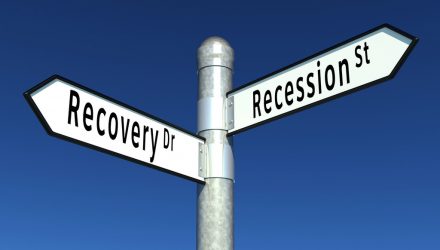The yield curve—the difference between short-term and long-term government bond yields—is “perilously close to predicting a recession—something it has done before with surprising accuracy,” says a recent article in The New York Times.
The article explains that in a healthy economy, the rate on longer-term bonds will typically be higher than that on short-term notes. “The extra interest is to compensate, in part, for the risk that strong economic growth could set off a broad rise in prices, known as inflation. But lately, it says, “long-term bond yields have been stubbornly slow to rise—which suggests traders are concerned about long-term growth—even as the economy shows plenty of vitality.”
Concurrently, the Fed has been hiking short-term rates, thus shrinking the gap between short- and long-term rates and “flattening” the yield curve. As of the article writing, the gap amounted to 0.34 percentage points—a level last seen in 2007 “when the United States economy was heading into what was arguably the worst recession in almost 80 years.”
While a flattening of the yield curve doesn’t mean the U.S. is necessarily “doomed to slip into another recession,” the article says all eyes are watching for an inversion, which is more broadly viewed as a “powerful signal of recessions,” according to John Williams, president of the New York Fed. The article cites San Francisco Fed research showing that every recession of the past 60 years has been preceded by an inverted yield curve.

